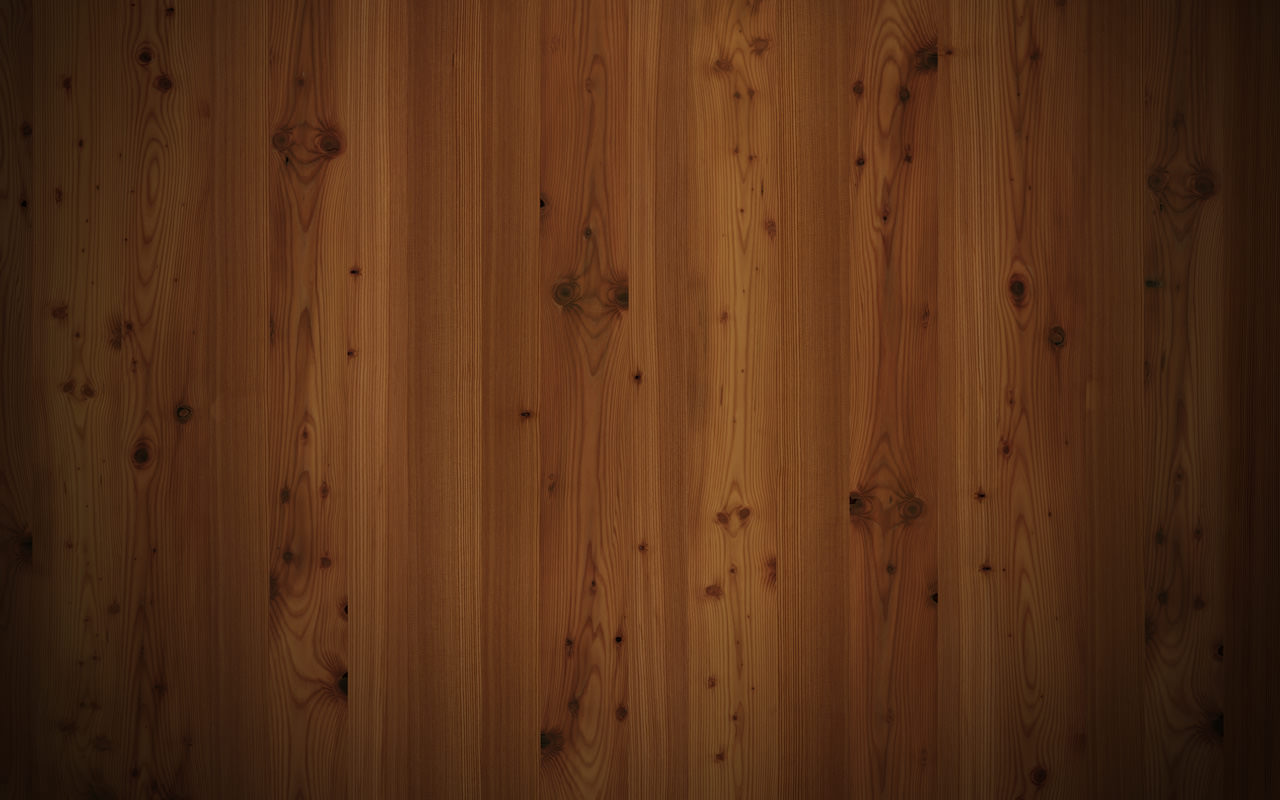
 www.entnet.org
www.entnet.org
67
i. Internal Transnasal Wiring
Internal transnasal wiring can be applied after the medial canthal region
has been exposed bilaterally. In the past, transnasal wiring was per-
formed without necessarily exposing the bony fragments, with the
wires tightened over skin buttons. This led to a high incidence of skin
necrosis, so the preferred method currently is to use internal wiring.
Small holes are drilled adjacent to the anterior lacrimal crest and just
superior to the posterior lacrimal crest, avoiding the lacrimal sac and
common canaliculus. Stainless steel wire is then threaded through the
holes, across the septum and back again to cerclage the NOE complex,
tightening the wires after manual reduction to achieve the correct
intercanthal distance. The wires will normally remain in place beneath
the periosteum, unless they cause discomfort to the patient at a later
date or become exposed.
ii. Low-Profile Miniplates
The more preferred method of fixating the NOE fractures is to apply
low-profile miniplates to the fracture sites after reducing the fractures
and achieving proper intercanthal distances. The area for plate attach-
ment is small, so 2–4 hole plates are usually the surgeon’s choice. The
plates will be secured in place with short screws, and caution is taken
not to drill the holes too deeply to jeopardize the region of the ethmoid
fovea or the cribriform plate. Exposure is normally gained for plate
application through either a gull-wing incision medial to the attachment
of the medial canthi, or a coronal forehead approach. It is important to
plan the exposure incision well away from the plate, to lessen the risk of
plate exposure. The plates may be left in place, unless they cause
discomfort to the patient in the future.
iii. Polymer Canalicular Tube
Reconstruction of a damaged lacrimal drainage system will likely
require the insertion of a polymer canalicular tube (Figure 3.27).
Figure 3.27
Polymer canalicular tube
stent for damaged
lacrimal drainage system.
Note the blunt metal tips
for threading into
canaliculi via the puncta.










